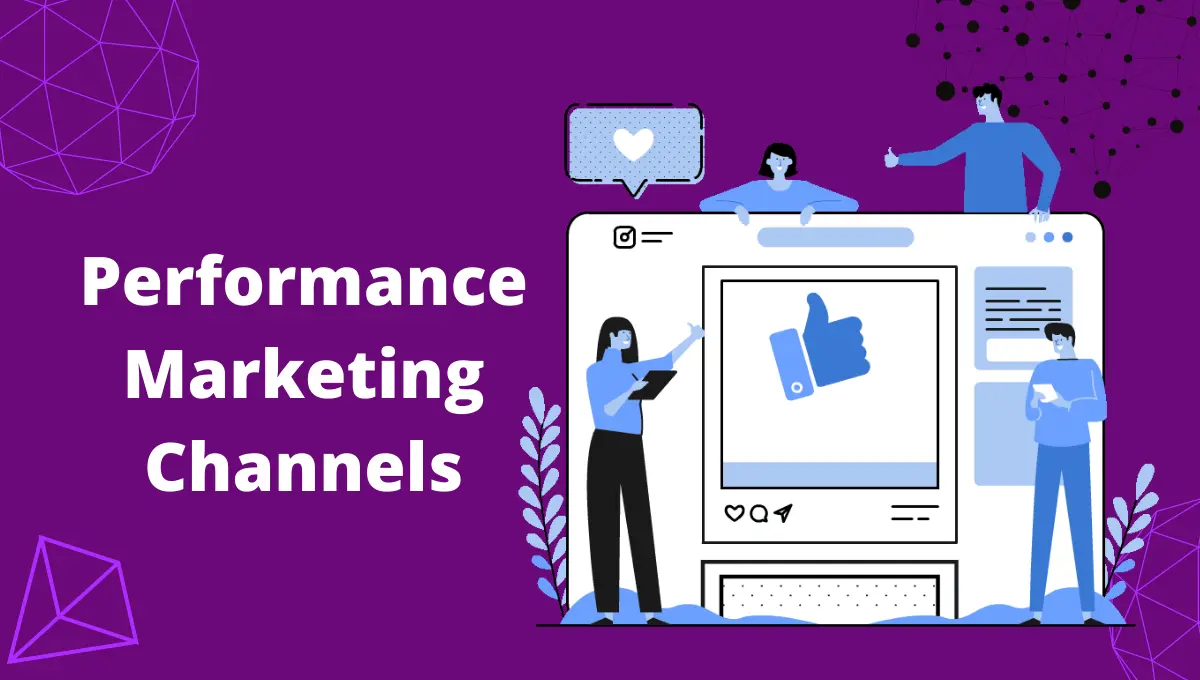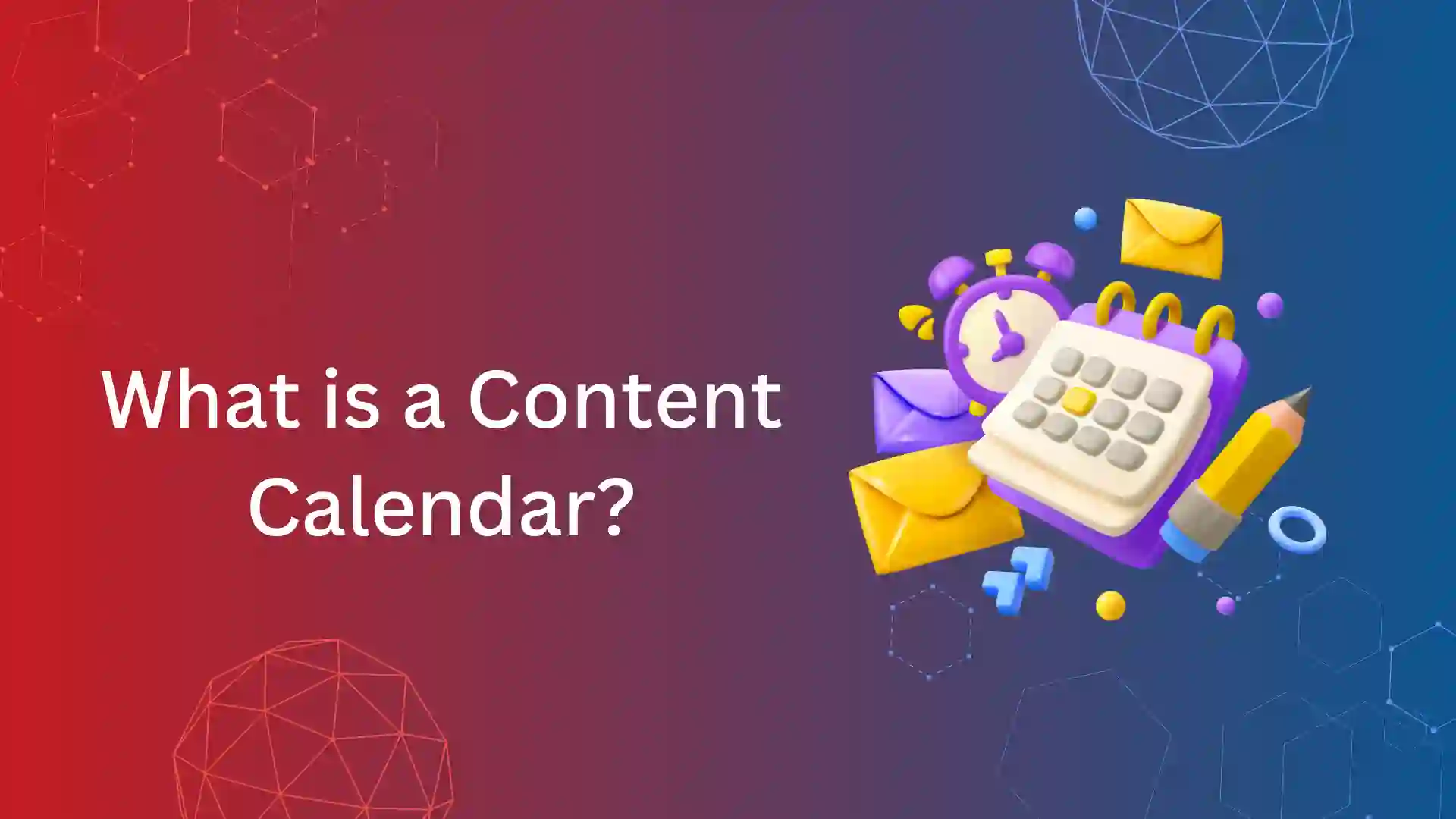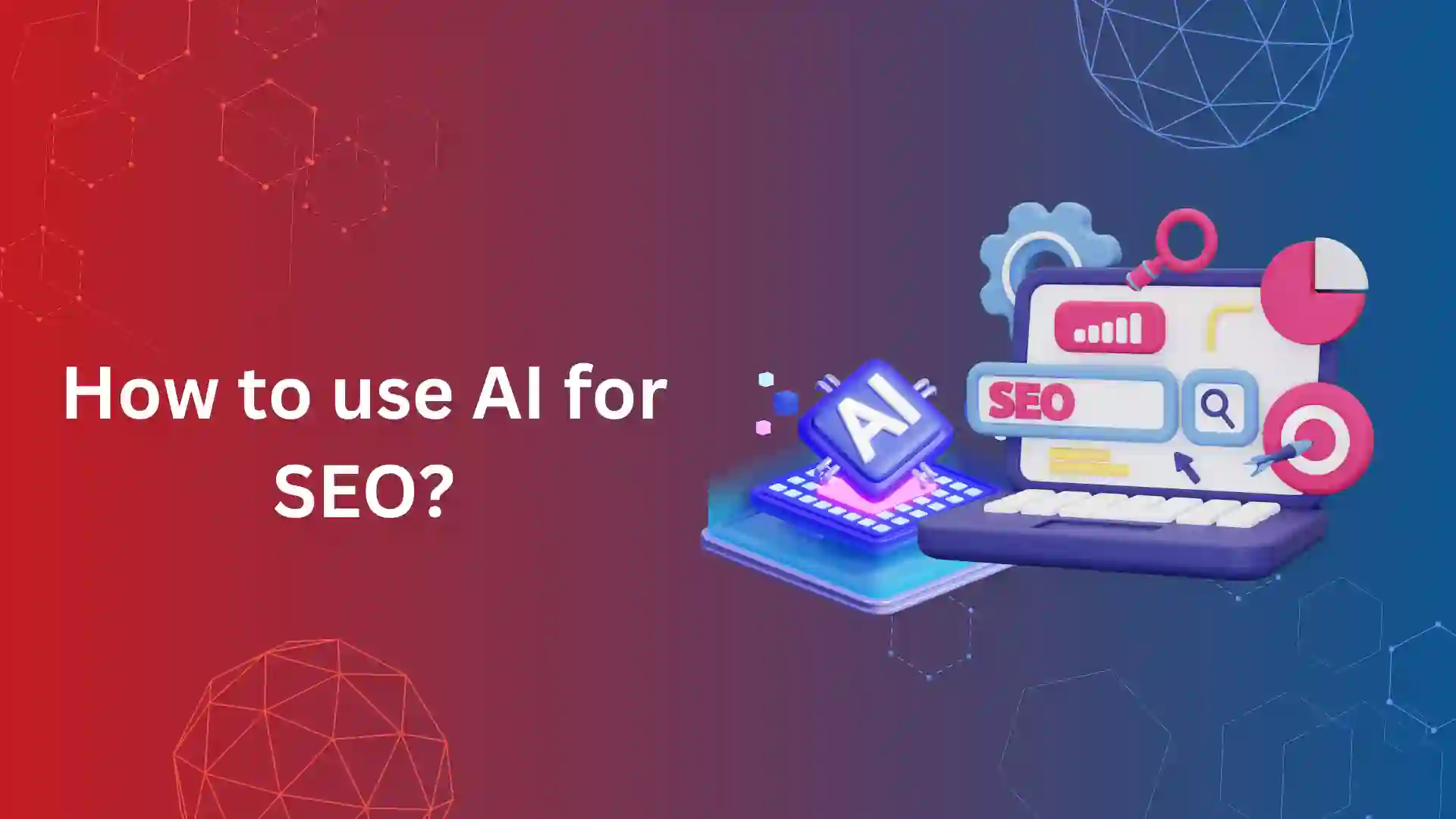In this evolving digital world, performance marketing is one of the best ways to achieve your marketing goals. To get the most out of your marketing campaigns, aligning them to the right marketing channels is essential.
This blog explores key performance marketing channels that can help drive traffic to your ad campaigns.
True to its name, performance marketing is a result-driven marketing method where you pay only after your objectives are met, be it views, clicks, or sales.
The success of a performance marketing campaign depends on the combined work of four interconnected groups:
- Retailers or merchants
- Affiliates or publishers
- Affiliate networks and third-party tracking platforms
- Affiliate managers or outsourced program management
What Are Performance Marketing Channels?
Performance marketing channels are available online, allowing you to run marketing ads and campaigns to meet certain business objectives, such as clicks, impressions, downloads, and sales.
With most people spending more time on mobiles and desktops, you have ample opportunities to execute your marketing campaigns on various channels. With the ever-growing competition for performance marketing, choosing the right marketing channel that suits your needs can be challenging.
Below are some of the most common performance marketing channels to help you make the most of your campaigns.
Native Advertising
Native advertising is a form of paid advertising where the ads match the theme and style of the website they are displayed on. It is coherent with the website’s design, tone, and content.
Sponsored social media posts and promoted search results are some examples of native advertising. Native ads are nonintrusive and appear seamlessly beside the original content.
They look natural, and users often can’t differentiate between the native ads and the original content.
Performance marketers often use native ads for retargeting purposes. These native ads work in terms of supply and demand.
On the supply side are the publishers with the required audience and reach, which the advertisers, who are on the demand side, are looking for.
Native ads can be seen as suggested articles at the bottom of a social site or as in-feed ads on social media platforms.
The most common pricing methods for native advertising are cost per click and cost per mille.
Affiliate Marketing
In affiliate marketing, an affiliate earns a commission for marketing another person’s products and services. The affiliates are paid for each sale they make, which is tracked and monitored via affiliate links from one website to another.
As a great way to increase sales and generate online revenues, affiliate marketing benefits advertisers and affiliate marketers.
Affiliates act as an extension of the brand and promote products through social media platforms, blog posts, etc.
Affiliate marketing holds more value than other marketing channels because it builds customer loyalty for both the affiliate and the brand.
Here is how affiliate marketing works:
- An affiliate shares the link/ad on their website or social media page.
- Customers take the required action (click, lead, sale, install, etc.).
- The action is tracked.
- The affiliate gets paid based on the results.
Search Engine Marketing (SEM)
What is the first place a user goes to while searching for a product?
That’s right! It’s Google.
With most people using search engines such as Google, Yahoo, and Bing to look for a product, setting up paid ads to display products on top of the search results is extremely beneficial for you. SEM helps increase brand awareness and boosts sales.
The content of a paid ad should be centred around specific search terms so that when a user searches for the term, your ad will be displayed on top of the search results.
Incorporating a well-planned search engine optimization strategy with SEM will help boost the search engine results page algorithm. This makes your ads rank higher and increases brand visibility.
Social Media Marketing (SMM)
Social media has become the primary channel or platform brands use to advertise their products.
With global social media users crossing billions, advertisers use these platforms to scale their campaigns and increase brand awareness for their products and services.
Here are some social media platforms that people actively use:
- TikTok
You should take note of the type of audience you advertise your products to and the social media platform they frequently use.
While Facebook and Instagram have a diverse user base, LinkedIn is more professionally inclined toward career growth and business development.
Advertisers primarily use social media marketing to gain customers, increase visibility, and convert users.
The performance of these platforms can be tracked with performance metrics such as impressions, engagement, sales, clicks, and checkouts.
Display Ads
Display ads often appear on websites in the form of sidebars (skyscraper ads) or banner ads. They use eye-catching images, videos, and headlines to capture the attention of website visitors.
Programmatic display ads are an enhanced version of display ads, where you can target specific web pages to display your ads.
It allows you to advertise on websites relevant to your products and services or on websites of influencers who target a similar audience.
Programmatic display ads are a combination of display ads and targeting tactics that you can use to target the right audience.
Content Marketing
Content marketing is a marketing channel that includes blog posts, newsletters, e-books, infographics, and case studies.
It is all about educating your audience about a product or service. It focuses on creating and distributing valuable and relevant content for a specified audience.
A well-planned content marketing campaign can help you improve brand awareness, boost revenue, and increase sales and conversions.
A solid content marketing strategy can rank you higher on the search engine results page and make your targeted audience find you.
How to Measure Performance Marketing?
Every action taken by the users can be tracked and measured in performance marketing.
Be it the number of clicks or views, the following key metrics can be used to measure your ads’ performance:
Cost per acquisition—the amount an advertiser pays when customers complete the desired action (e.g., a click and a purchase).
Cost per lead—the amount paid when a customer fills out a form or signs up for something (e.g., email newsletter and subscription).
Cost per click—the amount an advertiser pays based on the number of clicks on ads.
Cost per sale—the amount an advertiser pays for every sale generated by an ad campaign.
Lifetime value—the amount that an advertiser anticipates a consumer will spend over the course of their engagement with their brand.
Conclusion:
- Performance marketing has huge prospects for brands looking to engage and convert new audiences to buy their services.
- Choosing the right performance marketing channels and using them to post impactful content and creatives will help advertisers attract their target audience and increase ROI (Return On Investment).
- As a business owner or marketer, you should always know the difference between performance vs digital marketing.













